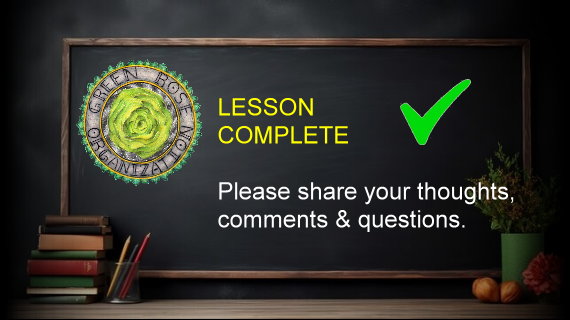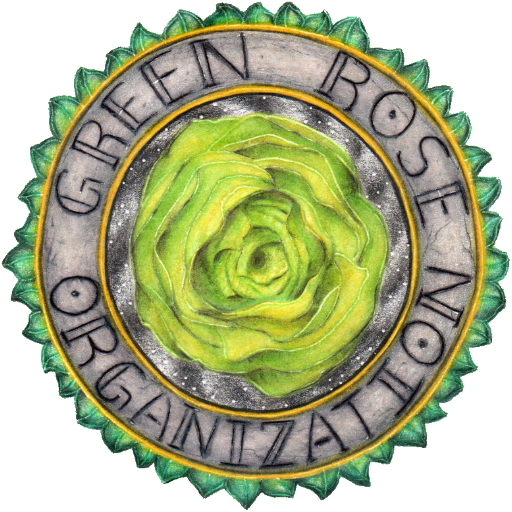
EMOTION REGULATION
7 TECHNIQUES TO BETTER REGULATING YOUR EMOTIONS
Emotion regulation involves a variety of strategies to manage and respond to emotional experiences effectively. Here are some widely regarded techniques: 1. Awareness and Acknowledgment—Mindfulness: Practice being present in the moment, observing emotions without judgment. This helps in understanding the root of your feelings. Emotional Labeling: Identify and name your emotions. For example, say, “I feel frustrated” instead of just feeling overwhelmed. It provides clarity and distance. 2. Cognitive Techniques—Reappraisal: Reframe a situation to view it from a different perspective. For instance, instead of seeing a setback as a failure, see it as a learning opportunity. Thought-Tracking: Challenge unhelpful thoughts by questioning their accuracy and seeking alternative, more balanced thoughts. 3. Behavioral Adjustments—Problem-Solving: When the cause of negative emotion is clear, focus on finding solutions to the problem. Response Modulation: Adjust your reaction, such as taking deep breaths or smiling, even if you don’t initially feel like it. 4. Physical Interventions—Controlled Breathing: Engage in slow, deep breathing exercises, such as 4-7-8 breathing, to calm the nervous system. Progressive Muscle Relaxation: Tense and release different muscle groups to reduce physical tension linked to emotions. 5. Healthy Expression—Journaling: Write about your emotions to process them and gain insight. Creative Expression: Use art, music, or other forms of creativity to channel emotional energy. 6. Building Emotional Resilience—Gratitude Practice: Reflecting on positive aspects of life can shift focus from negative emotions. Self-Compassion: Treat yourself with kindness, as you would a friend, instead of being overly critical. 7. Preventative Practices—Regular Exercise: Physical activity regulates mood by releasing endorphins and reducing stress. Consistent Sleep and Diet: A stable routine supports overall emotional stability.

